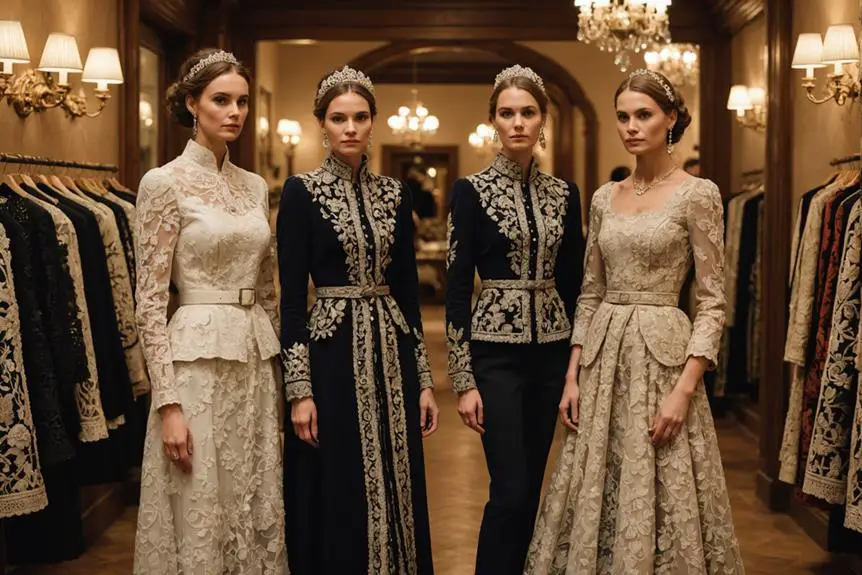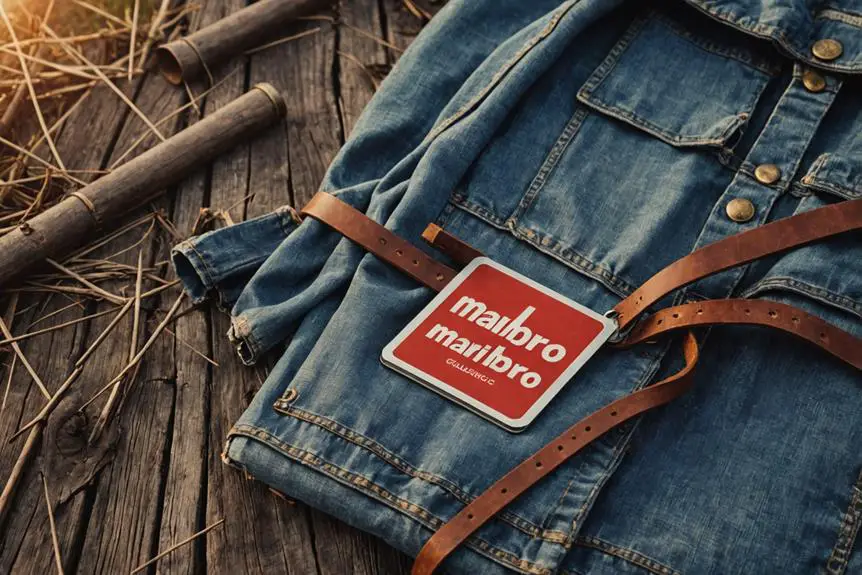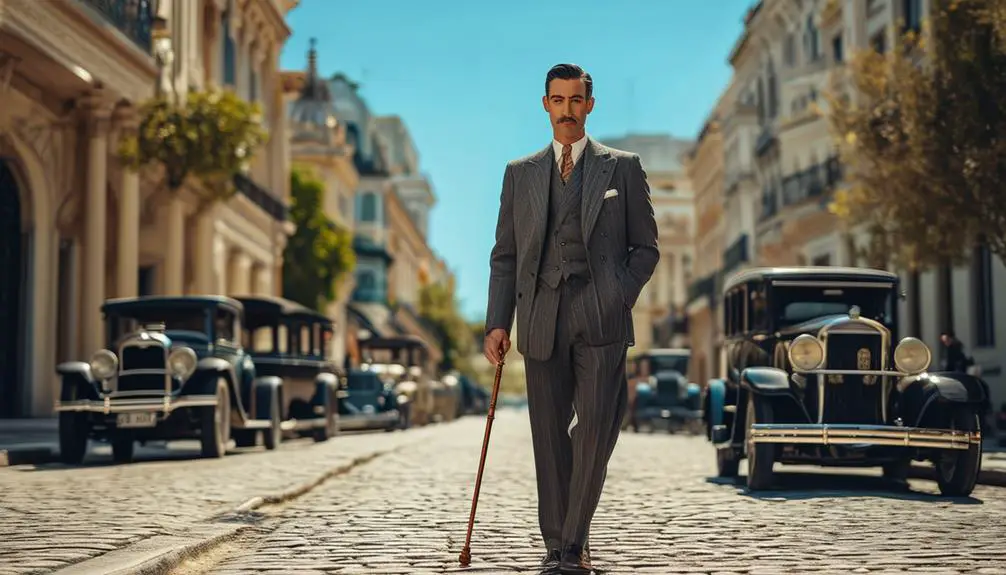If you're curious about the oldest Hungarian fashion brands, you've hit the jackpot! Tungsram, founded in 1896, is a standout, originally known for its innovative lighting. Then there's Katti Zoob, a true pioneer in slow fashion, creating unique pieces that honor local heritage. Don't forget Tisza Shoes! They're famous for sneakers since the '70s, combining stylish nostalgia with modern flair. These brands show how Hungary's fashion blends tradition with contemporary trends, making it super exciting. Want to know what challenges these iconic names face today? Stick around, because there's plenty more fascinating stuff to uncover!
Historical Overview of Hungarian Fashion
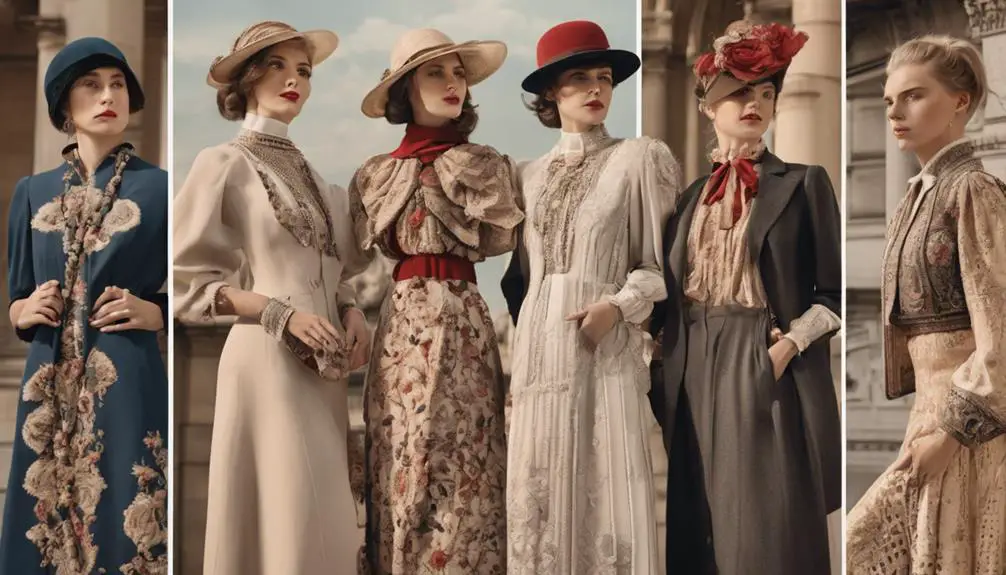
As Hungary's fashion scene began to evolve in the early 20th century, it laid the groundwork for a unique blend of tradition and innovation. You might be surprised to learn that notable Hungarian brands like Tungsram and Orion started in technical industries before diving into fashion. This shift really showcases how diverse the Hungarian fashion industry can be!
Fast forward a bit, and you've got Katti Zoob, who's known as Hungary's first conventional fashion designer. Her focus on "slow fashion" brings a revitalizing perspective to the scene, don't you think? Then there's Tisza Shoes, which has been making iconic sneakers since the 1970s, giving us a taste of nostalgic Hungarian culture.
And let's not forget about ABODI, founded by Dóra Abodi, who's made waves internationally by incorporating traditional Hungarian motifs into her avant-garde designs. All of this excitement gets a spotlight at the Budapest Central European Fashion Week. This event not only highlights established brands but also gives emerging designers a chance to shine. So, as you can see, Hungarian fashion is rich with history, creativity, and a whole lot of heart!
Iconic Brands From the Past
Hungary boasts a rich tapestry of iconic brands that have shaped its industrial and cultural landscape over the years. Think about brands like Orion, which started as the Hungarian Wolfram Lamp Factory back in 1913. They made radio production famous and even created Hungary's first color television in 1968. Isn't that impressive?
Then there's Tungsram, established in 1896. They were the pioneers of incandescent lamps and introduced krypton filling—pretty innovative, right? Gelka, founded in 1960, was all about electronic maintenance services and at its peak, employed around 8,000 people!
Don't forget BRG, which took over from Vörös Szikra Gyár in 1953. They produced VHF radiotelephones and invented the world's first micro-floppy disk. Talk about being ahead of the game! And who can overlook Patyolat? This brand was created to make household chores easier during the socialist era, and it still stands for domestic services today. These Hungarian brands may not be fashion designers, but their stories are woven into the fabric of Hungary's history, showing how innovation and culture go hand in hand!
Evolution of Fashion Design in Hungary

Fashion design in Hungary has evolved dramatically over the years, reflecting the country's rich history and cultural shifts. From the post-1960s socialist era, local aesthetics and production practices took shape, leading to unique styles. You might've heard of Katti Zoob, a brand that started as costume design over 25 years ago. They now focus on "slow fashion," creating beautiful, locally inspired pieces that stand out.
Modern designers like Sandra Sandor are taking Hungarian fashion to new heights, blending traditional craftsmanship with innovative techniques. This evolution is showcased at events like Budapest Central European Fashion Week, where you can see the latest trends and ideas. These events highlight the importance of sustainable practices, showing that fashion can be both stylish and eco-friendly.
Hungarian designers are drawing inspiration from their culture, art, and architecture, making collections that resonate with people near and far. Doesn't it feel great to know that the fashion you see is rooted in such a rich heritage? So, next time you admire a Hungarian design, remember, it's more than just clothes—it's a story of evolution and creativity!
Notable Designers and Their Contributions
The landscape of Hungarian fashion is vibrant and diverse, thanks to a host of notable designers who have left a significant mark on the industry. One standout is Sandra Sándor, the Hungarian designer behind Nanushka. Since 2006, she's wowed us with luxurious, functional pieces that focus on craftsmanship and sustainable practices, especially with her vegan leather creations. Isn't that cool?
Then there's Dóri Tomcsányi, the genius behind Tomcsanyi, founded in 2010. Her clothes reflect Hungarian culture with clean lines and bold colors, making them perfect for anyone who loves a contemporary look. And let's not forget ABODI, created by Dóra Abodi, whose avant-garde designs incorporate traditional motifs. Celebrities can't get enough of her striking styles!
Don't overlook Tisza Shoes, a classic brand since the '70s, known for durable sneakers. They originally catered to athletes but have become a nostalgic favorite. Finally, Katti Zoob, Hungary's first conventional designer, shifted from costumes to fashion, promoting slow fashion with unique, locally inspired collections. These designers show just how exciting Hungarian fashion can be! Isn't it time you explored their creations?
Cultural Influences on Hungarian Fashion
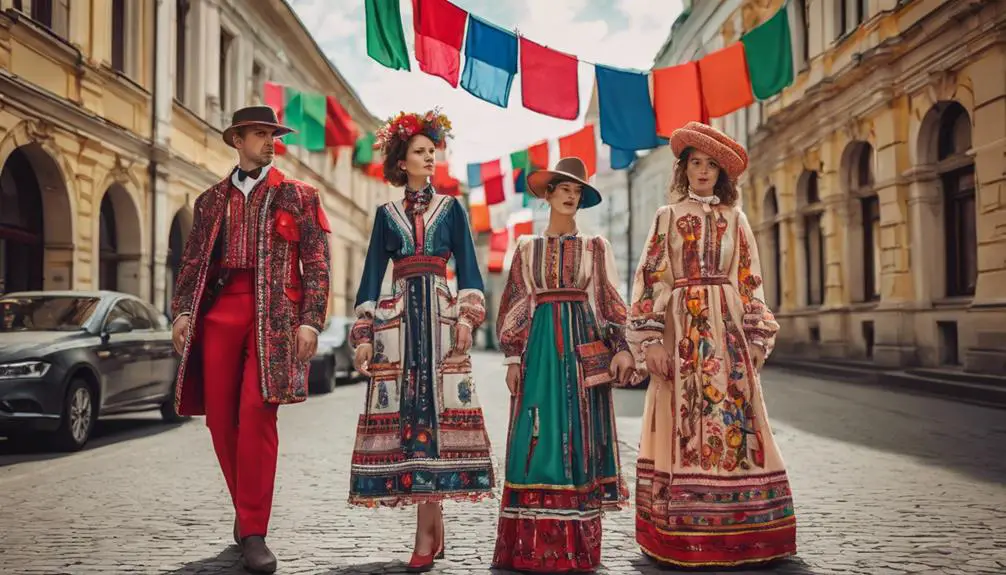
Cultural heritage plays an essential role in shaping the essence of Hungarian fashion. You can see this influence everywhere, especially in the designs popping up today. Designers like Dóra Abodi weave traditional motifs into their contemporary designs, making them feel fresh yet familiar. Isn't it cool how they blend local folklore and mythology into everyday wear?
Local materials also add a special touch, creating a sense of connection to the land. Brands like Romani showcase Roma cultural references, reminding us of the rich tapestry of identities in Hungary. It's like wearing a piece of history!
Budapest's fashion scene is a vibrant mix of old and new, and events like Budapest Central European Fashion Week highlight this fusion. You'll find bold colors and playful patterns inspired by Hungarian art and architecture in collections from brands like TOMCSANYI.
This blend of cultural heritage, local materials, and traditional motifs in contemporary designs makes Hungarian fashion unique and exciting. So, next time you check out a Hungarian brand, remember you're experiencing a rich story woven into every stitch! Isn't that what fashion's all about?
The Role of Traditional Craftsmanship
Emphasizing traditional craftsmanship, Hungarian fashion showcases a rich heritage that's been preserved through generations. You can really feel the love and skill that goes into each piece! Brands like Katti Zoob are all about "slow fashion," focusing on unique, handcrafted designs that prioritize quality over mass production. It's like each item tells a story.
Take ABODI, for instance. They blend traditional Hungarian motifs with avant-garde designs, creating something truly special. When you wear their pieces, you're not just sporting a fashion statement; you're celebrating cultural roots too!
As the Hungarian fashion scene evolves, ethical production practices are gaining more attention. Many brands are investing in local artisans, which helps keep traditional craftsmanship alive while promoting fair labor conditions. Isn't that amazing?
Events like Budapest Central European Fashion Week are perfect examples of this trend. You can see emerging designers showcasing collections that mix modern styles with traditional techniques. It's inspiring to witness this fusion! So next time you check out Hungarian fashion, remember, you're not just looking at clothes; you're experiencing a celebration of culture, creativity, and craftsmanship. How cool is that?
Challenges Faced by Old Brands
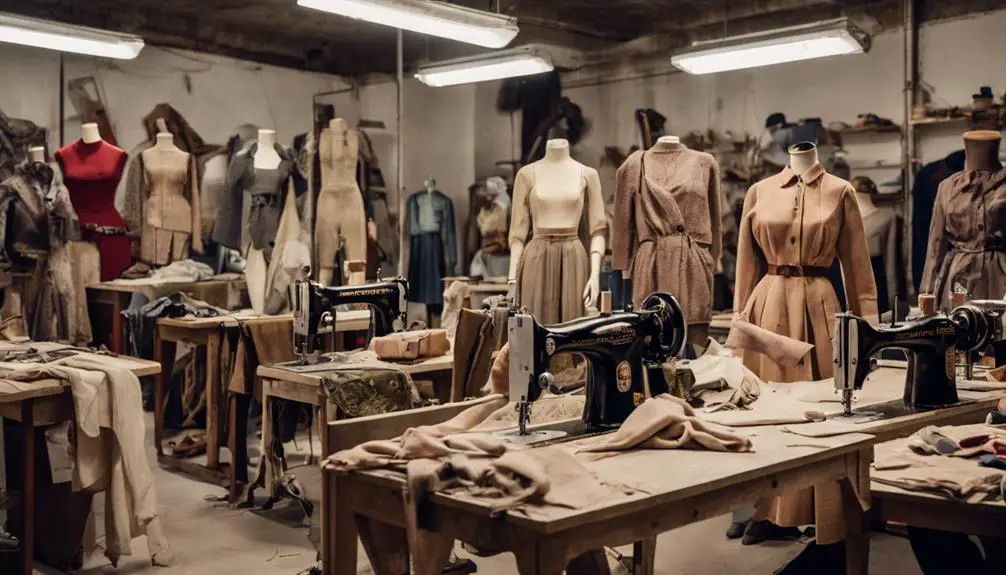
Maneuvering the fashion landscape can be tough for old Hungarian brands trying to stay relevant. You see, these brands face a bunch of challenges. They often struggle to keep up with modern consumers who have different tastes and expectations. Balancing traditional craftsmanship with fresh ideas can feel like walking a tightrope. If they stick too much to the old ways, they risk being seen as outdated. But if they change too much, they might lose that nostalgic appeal that made them special in the first place.
Plus, the small fashion community in Hungary limits growth opportunities. Competing with flashy international labels is no small feat! And let's not forget the political and economic ups and downs that have historically put a strain on the industry. It's like trying to run a marathon while dodging obstacles.
Future of Heritage Fashion Brands
Heritage fashion brands in Hungary are poised for a transformative future by seamlessly blending traditional craftsmanship with modern design. Think about it! Brands like Katti Zoob and Tisza Shoes are already doing this, using historical motifs while keeping up with today's trends. Isn't that exciting?
But there's more! Sustainability is becoming a big deal, and heritage brands are stepping up. They're focusing on ethical production practices, which makes them super appealing to eco-friendly shoppers. You want to feel good about what you wear, right?
Events like Budapest Central European Fashion Week are perfect for these brands. They can showcase their unique heritage while connecting with new audiences. It's like a fashion party where history and modernity dance together!
What really matters is storytelling. When these brands share their cultural roots, it creates a bond with consumers. It's not just about clothes; it's about connection.
Frequently Asked Questions
What Is the Luxury Brand in Hungary?
In Hungary's luxury market, Nanushka stands out for its innovative designer collaborations and commitment to fashion heritage. You'll appreciate its brand evolution, blending sustainability with modern aesthetics, making it a leader in contemporary luxury.
Which Fashion Brand Is the Oldest?
When you explore the oldest fashion brand, you'll discover heritage craftsmanship shaped by historical influences. Its iconic designs reflect brand evolution over decades, showcasing a unique journey that intertwines tradition with contemporary style, enchanting fashion enthusiasts everywhere.
What Is the Fashion Culture of Hungary?
Hungary's fashion culture blends traditional attire with modern influences, showcasing exquisite textile craftsmanship. You'll find vibrant fashion festivals celebrating local talent, where heritage meets contemporary design, reflecting the country's rich artistic heritage and innovative spirit.
What Is the Oldest Italian Fashion Brand?
You might think of Italian heritage when discussing iconic designers, but the oldest Italian fashion brand is Gucci, founded in 1921. Its fashion evolution and global influence continue to shape the industry today.
